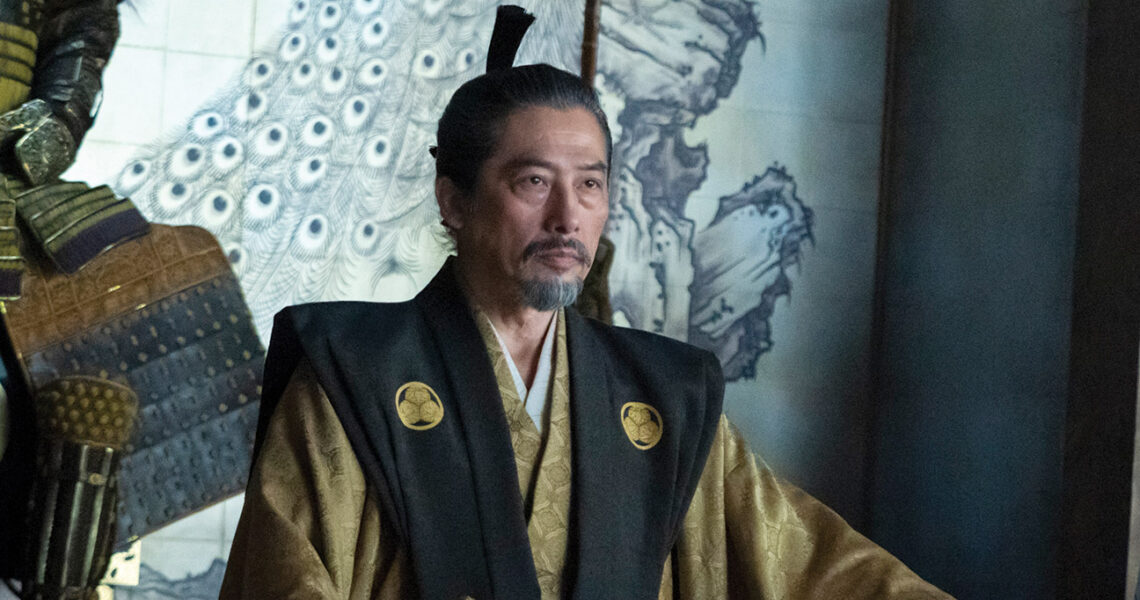“Hiroyuki Sanada from ‘Shogun’ Talks Season 2 and Emmy Nominations”
With 25 Emmy nominations — the most of any show this year — FX on Hulu’s Shogun more than doubled the number of noms received by the seminal 1980 miniseries of the same name, based on the novel by James Clavell about an English sailor’s adventures in 17th century Japan. Among the nominees is Hiroyuki Sanada, recognized for his lead performance as the cunning warlord Yoshii Toranaga. Sanada, who also served as a producer on the series, tells THR how he worked to balance Eastern and Western perspectives and ensure historical authenticity, and reveals when the next seasons are expected to start shooting.
You’ve played in many historical epics, including Twilight Samurai and The Last Samurai, and you’ve helped numerous Western productions get the historical details right, even if you didn’t get credit for it. How did you come to be the go-to guy for period dramas?
I’d grown up with samurai movies, so that world is very familiar for me. Many great actors and crews and directors taught me a lot. I can’t give back to them, so I need to pass the knowledge on to the next generation, to other productions, to Hollywood. I felt a pressure to carry my culture. But more than that, I really enjoyed the creation and cooperation between the Western crew and the Japanese crew. I wanted to be a good connection between East and West. It’s a dream come true.
This show was about history, but it also ended up making history with its Emmy nominations.
It was more than I expected. Twenty-five nominations, and also, 11 Japanese nominations [for cast and crew] is a new record, of course. I’m so proud of the crew.
You encouraged the showrunners, Justin Marks and Rachel Kondo, to hire much of the crew from the Japanese film industry. How do you think that affected the ultimate feel of the show?
We needed the Japanese eye to make this show authentic. Some of the crew I had known for more than 40 years — since my 20s — so I knew I could trust them. It was a great team.
Do you think a period show like this, with these production values and level of historical accuracy, could have been made in Japan by a fully Japanese team?
I think this cooperation was great because Western productions always create shows for the rest of the world, and Japanese productions often think only about the domestic audience. Japan opened the country a long time ago, but culturally, it’s still closing the door, and that’s not a good thing for the country’s entertainment. This time, we have both Japanese and Western eyes making drama for the world. We had to create a good script with universal themes so that it would be both enjoyable for Japanese jidaigeki [period drama] fans and easy to understand for foreigners.
The stories of the Edo period and specifically Tokugawa — the real-life shogun who inspired the character of Toranaga — are a frequent subject of Kabuki theater. How much of an influence was traditional Japanese theater on this show?
We used classical language, but as for the acting itself, we tried to be more natural. We did rely on a master of gestures to teach us the correct gestures, even how to sit [in a period-appropriate way], how to stand up, how to walk, how to open the screen, but the acting itself had to be believable and organic.
The next two seasons will draw from actual history. But given that Tokugawa ushered in two centuries of peace after becoming shogun, where will the conflict come from?
There are so many famous episodes in Japan. Toranaga’s strategies are like a chess game. It’s not only about fighting. Human drama is important. There will be new characters coming in, and we’re going to basically follow the real history in seasons two and three. Before the peaceful era came, there were a lot of dramatic moments.
How far along are those seasons?
We have a writers room, and they’re working every day. Hopefully sometime next year, we can start shooting.
What makes Vancouver a convincing stand-in for pre-modern Japan?
It was a perfect location for Shogun. They have a big studio, and a 20-minute drive from the studio they have a forest, river, harbor, everything, without any modern buildings or wires or cables. In Japan, it’s so hard to find that. Modern things are everywhere.
This story first appeared in an August stand-alone issue of The Hollywood Reporter magazine. To receive the magazine, click here to subscribe.

